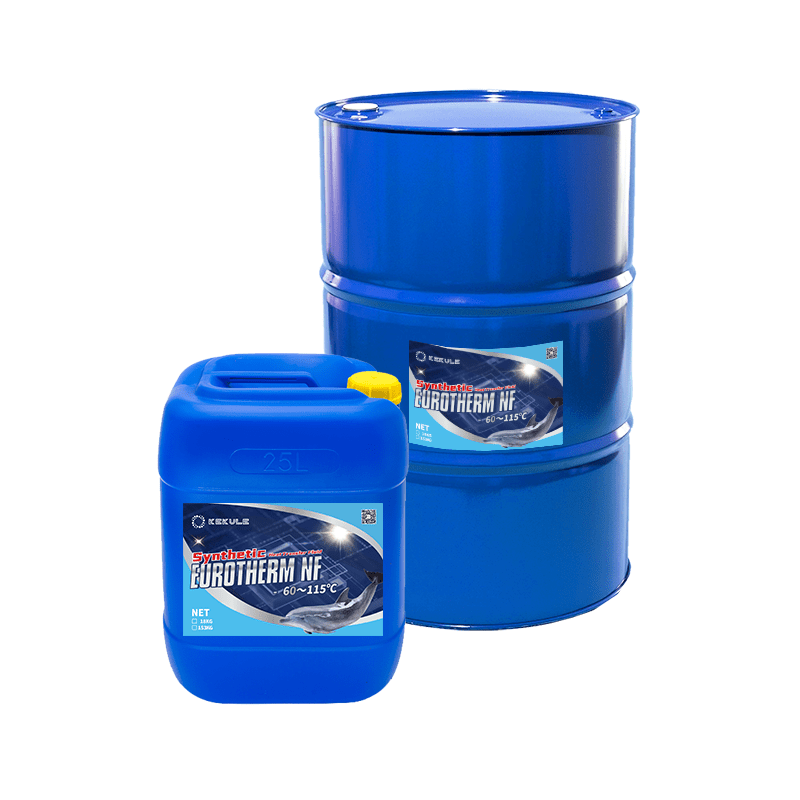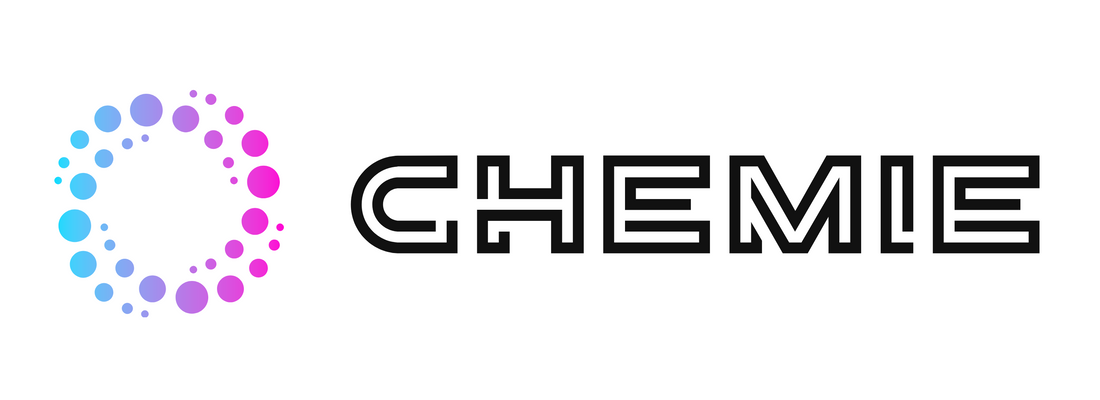Unknown Facts About Chemie
Table of Contents6 Simple Techniques For ChemieHow Chemie can Save You Time, Stress, and Money.Everything about ChemieSee This Report on ChemieNot known Facts About ChemieSome Known Incorrect Statements About Chemie
By Bojanna Shantheyanda, Sreya Dutta, Kevin Coscia and David SchiemerDynalene, Inc. Fluid air conditioning, which can be accomplished utilizing indirect or direct means, is utilized in electronic devices applications having thermal power thickness that may exceed safe dissipation via air cooling. Indirect fluid cooling is where heat dissipating digital parts are literally separated from the liquid coolant, whereas in instance of straight cooling, the components remain in straight contact with the coolant.In indirect air conditioning applications the electrical conductivity can be important if there are leakages and/or spillage of the liquids onto the electronics. In the indirect air conditioning applications where water based liquids with corrosion inhibitors are usually utilized, the electrical conductivity of the fluid coolant mainly relies on the ion focus in the liquid stream.
The boost in the ion concentration in a shut loop liquid stream may take place because of ion leaching from steels and nonmetal components that the coolant liquid touches with. Throughout operation, the electric conductivity of the fluid might boost to a level which might be dangerous for the cooling system.
Facts About Chemie Uncovered
(https://betteanderson.wixsite.com/my-site-1/post/revolutionizing-cooling-and-heating-solutions-with-chemie-s-dielectric-coolant)They are bead like polymers that can exchanging ions with ions in a remedy that it is in contact with. In the here and now work, ion leaching examinations were executed with different steels and polymers in both ultrapure deionized (DI) water, i.e. water which is dealt with to the highest degree of purity, and reduced electrical conductive ethylene glycol/water combination, with the determined change in conductivity reported with time.
The samples were permitted to equilibrate at space temperature for 2 days before recording the preliminary electrical conductivity. In all examinations reported in this research study liquid electric conductivity was measured to a precision of 1% using an Oakton disadvantage 510/CON 6 series meter which was calibrated before each measurement.
The 9-Second Trick For Chemie
from the wall surface heating coils to the center of the heater. The PTFE example containers were placed in the heating system when constant state temperatures were reached. The examination arrangement was removed from the heating system every 168 hours (7 days), cooled down to room temperature with the electric conductivity of the liquid gauged.
The electrical conductivity of the fluid sample was monitored for a total of 5000 hours (208 days). Figure 2. Schematic of the indirect shut loophole cooling down experiment set up - dielectric coolant. Table 1. Parts utilized in the indirect closed loop cooling down experiment that are in call with the fluid coolant. A schematic of the speculative arrangement is received Figure 2.

Our Chemie Statements
The modification in fluid electrical conductivity was kept an eye on for 136 hours. The fluid from the system was gathered and saved.

0.1 g of Dowex resin was included to 100g of fluid samples that was absorbed a separate container. The mixture was mixed and transform in the electrical conductivity at space temperature was determined every hour. The gauged adjustment in the electric conductivity of the UP-H2O and EG-LC examination liquids including polymer or metal when involved for 5,000 hours at 80C is shown Figure 3.
Some Known Factual Statements About Chemie
Figure 3. Ion seeping experiment: Calculated adjustment in electrical conductivity of water and EG-LC coolants including either polymer or steel samples when immersed for 5,000 hours at 80C. The results indicate that steels added fewer ions right into the fluids than plastics in both UP-H2O and EG-LC based coolants. This might be as a result of a thin steel oxide layer which might work as a barrier to ion leaching and cationic diffusion.
Fluids having polypropylene and HDPE exhibited the most affordable electrical conductivity modifications. This can be as a result of the brief, rigid, direct chains which are much less likely to contribute ions than longer branched chains with weaker intermolecular forces. Silicone likewise performed well in both test fluids, as polysiloxanes are normally chemically inert due to the high bond energy of the silicon-oxygen bond which would certainly avoid deterioration of the material right into the fluid.
The 25-Second Trick For Chemie
It would be expected that PVC would produce similar results to those of PTFE and HDPE based on the comparable chemical frameworks of the products, nevertheless there might be other contaminations present in the PVC, such as plasticizers, that might affect the electric conductivity of the liquid - immersion cooling liquid. In addition, chloride teams in PVC can additionally seep into the test liquid and can cause an increase in electrical conductivity
Buna-N rubber and polyurethane showed signs of destruction and thermal disintegration which recommends that their feasible utility as a gasket or adhesive product at higher temperatures might result in application problems. Polyurethane totally broke down into the examination liquid by the end of 5000 hour test. Figure 4. Prior to and after pictures of steel and polymer examples immersed for 5,000 hours at 80C in the ion seeping experiment.
Calculated modification in the electrical conductivity of UP-H2O coolant as a feature of time with and without material cartridge in the closed indirect cooling loophole experiment. The measured adjustment in electric conductivity of the UP-H2O for 136 hours with and without ion exchange resin in the loop is displayed in Number 5.